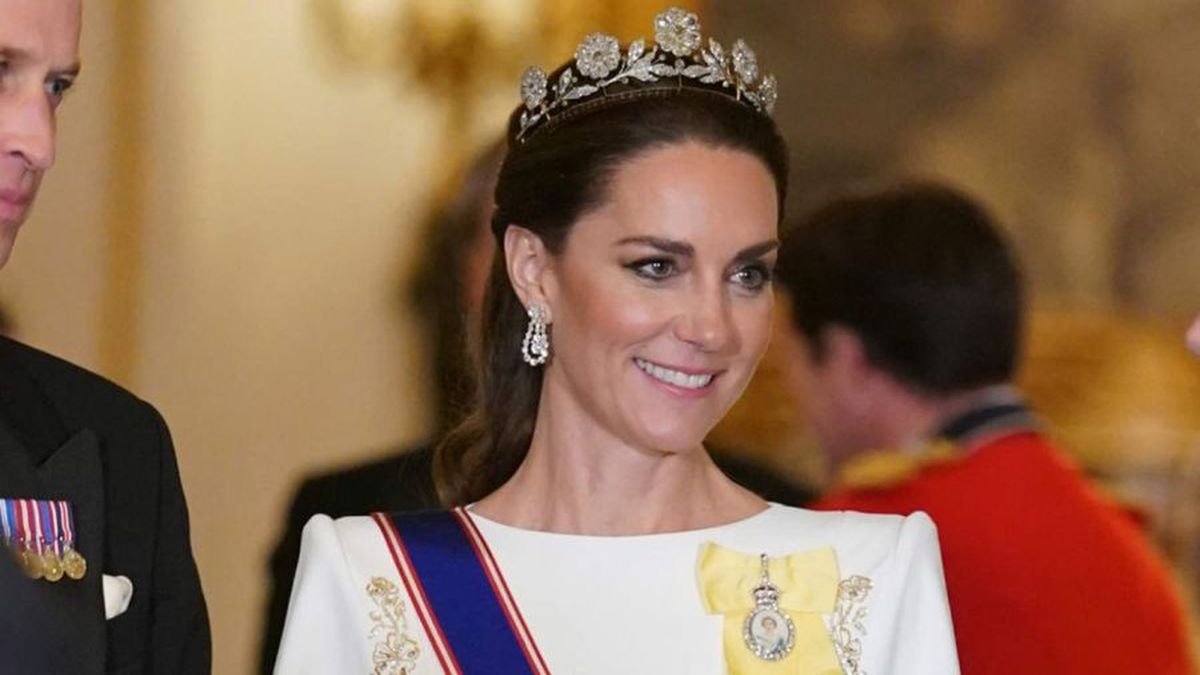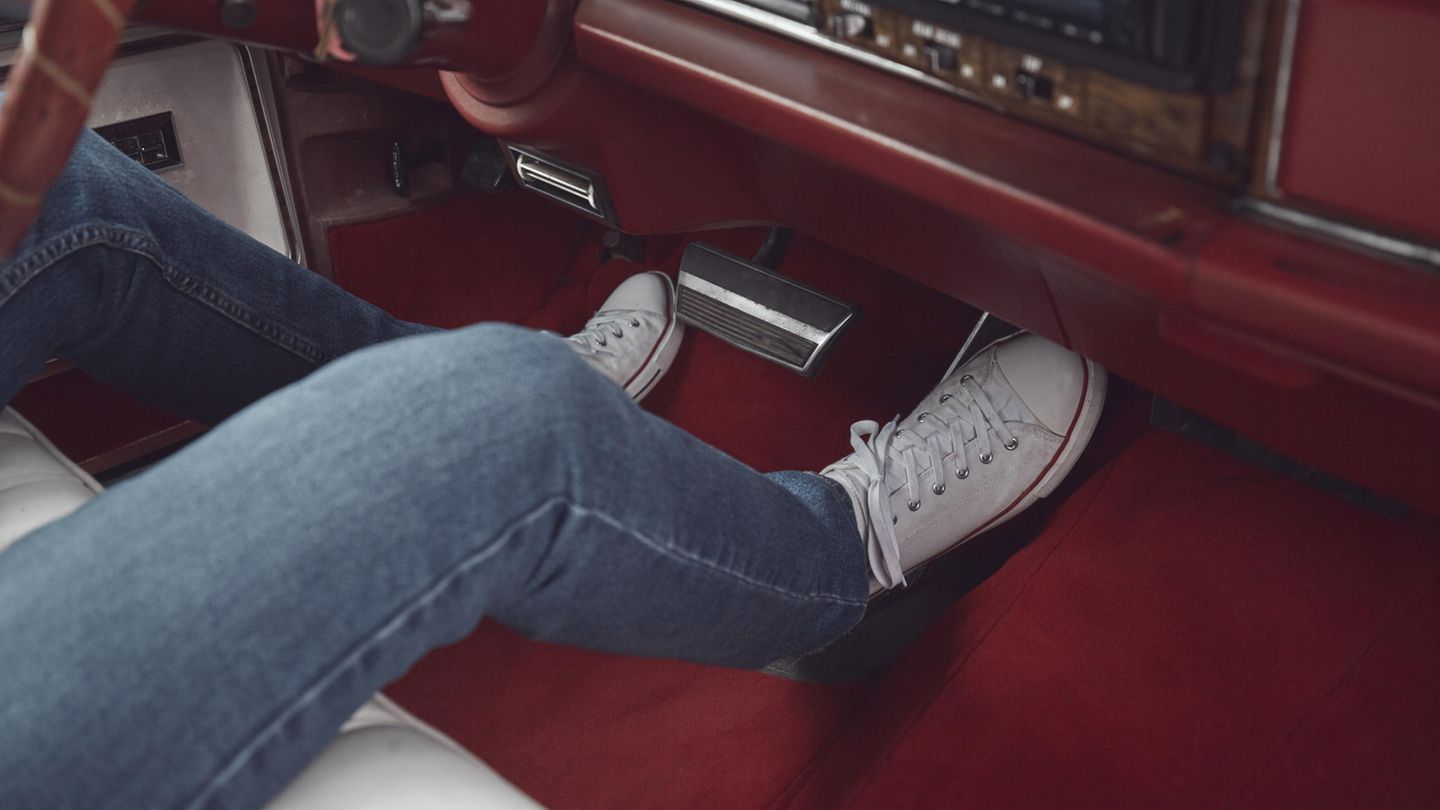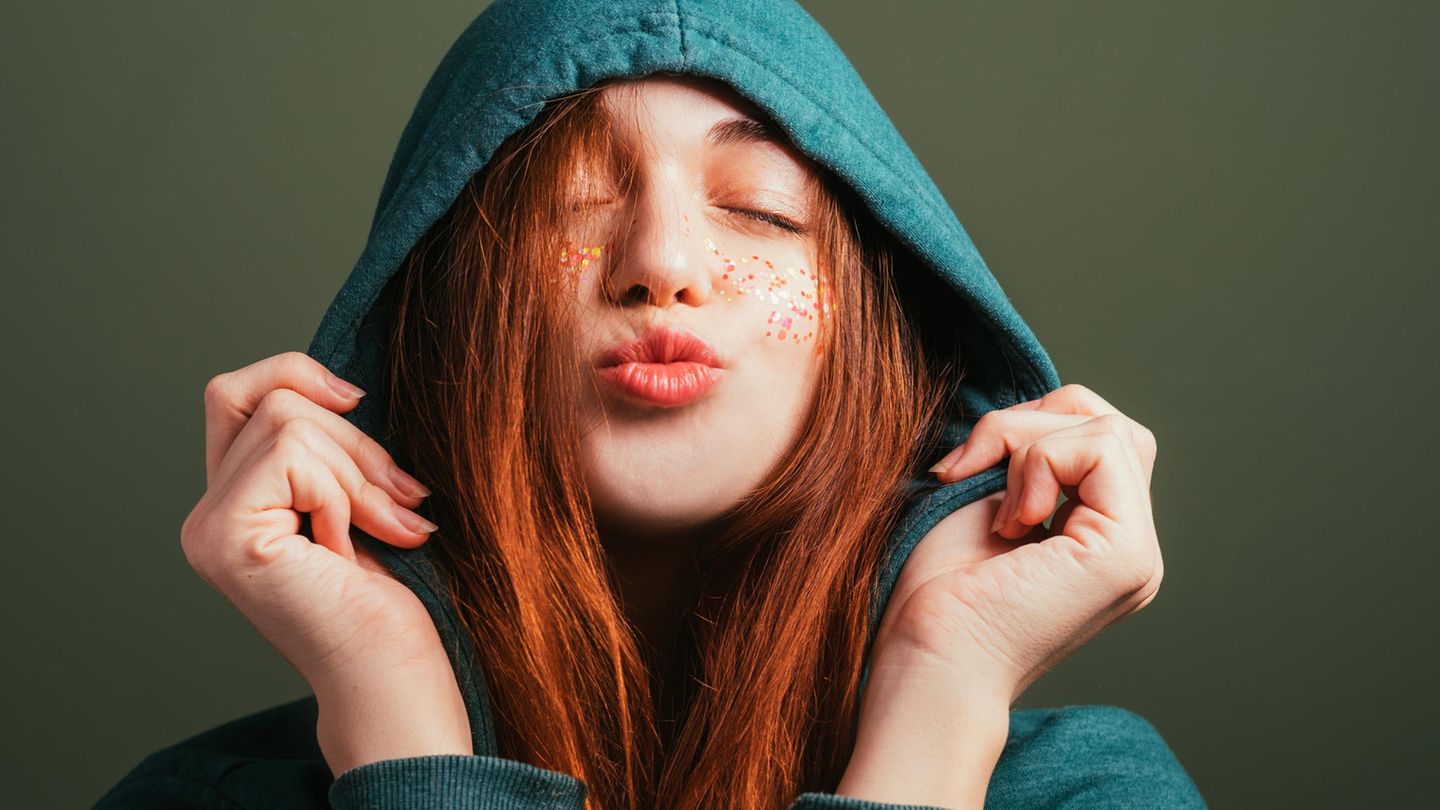The artist behind a new and much debated portrait of Kate Middleton, Princess of Wales, He probably knew he was entering delicate territory when he accepted the commission to paint one of the most watched people on the planet.
In an interview with the magazine tatler, who commissioned the portrait for her July cover, the artist Hannah Uzor He noted that there are tens of thousands of photographs of Princess Kate in the Getty Images archive and that before painting her he intended to study as many as possible.
“I spent a lot of time looking at her, looking at her photos, watching videos of her, seeing her with her family, watching her diplomatic visits, seeing her when she rows or visiting children in a hospital,” said the artist, who did not have access to the princess during the process, reflected in a video. His portraits aim to capture “the soul of the person”, Uzor said.
The portrait of Kate Middleton
But For many, the portrait resulting from that small study did not represent the soul of the princess or even her physical characteristics. In response to the painting, which shows a calm-looking figure in a flowing white dress against a cheerful blue background, several commenters asked: “Who is it?”.
portrait of kate middleton.avif
The cover of Tatler magazine with the portrait of Kate Middleton
Tatler
“The painting is beautiful but it doesn’t look like the princess,” said one. Others were more direct in their criticism and called the article “insult” and “terrible”.
The royal family did not speak publicly about the work depicting Prince William’s wife – currently away from public activity while undergoing chemotherapy treatment for cancer – and the artist did not immediately respond to a request for comment. As a result of digital video and photography, the public has never been more intimately familiar with what public figures look like, so when a portrait of a person as world-famous as Kate is published, the artist invariably remains on the bench.
Uzor’s portrait arrives a few days after a portrait of King Charles III provoked its own round of criticism.
Embed
The artist said of the experience of painting The King:
“When I started this project, His Majesty The King was still His Royal Highness The Prince of Wales, and much like the butterfly I’ve painted hovering over his shoulder, this portrait has evolved as the subject’s role in… pic.twitter.com/U289q8AlMh
— The Royal Family (@RoyalFamily) May 14, 2024
How to evaluate Kate Middleton’s portrait
But with so much public criticism focused on the resemblance, it’s worth asking whether resemblance is the appropriate metric for evaluating the portrait. When we have seemingly endless photographic representations of people like the princess, some say portraits can (and even should) have broader aspirations.
“The portrait can be representative or abstract. There are no borders or limits,” Bree Pickering, director of the National Portrait Gallery of Australia, said in an email. “Similarity is often something the public looks for, but as we have seen recently, It may be the conversation that happens around the work of art that tells us the most about the times we live in.”. Pickering also notes that “the portrait shares a story from an artist’s point of view,” meaning it tells viewers about the subject, but can also reveal the “broader social context in which it was created.”
Lisa Mansfield, an art historian who studies portraiture at the University of Adelaide, draws a parallel between portrait of Uzor and the official portrait of Paul Emsley of the then Duchess of Cambridge, “which was presented in 2013 to a contemptuous chorus of disapproval.”
Such clashes between “artistic intent and audience perception reveal the disconnect between what a portrait is and how the world at large believes a portrait of a princess should look.” Mansfield wrote in an email, adding that in an era of social media and selfies it is “easy to overlook that a portrait is fundamentally a work of artistic fiction” and “not a facsimile of the face or body.”
Contemporary artists have long taken creative liberties in depicting leaders. At the National Portrait Gallery in Washington, a representation of John F. Kennedy made by Elaine de Kooning is a blur of expressive greens and yellows that add to a person’s blinking, a result of the artist’s style and the subject’s restlessness during the sessions. After his assassination, the artist, who painted JFK several times, reflected: “President Kennedy was never still. He escaped from us.”
Cherine Fahd, an artist and professor of visual communication at the University of Technology Sydney, wrote in an email that when looking at Princess Kate’s portrait, Questions arise such as “Does the portrait provoke dialogue?” and “Does it reflect or challenge social contexts?” are “better than ‘Does she look like her?’”
Uzor, a Zambian-born British artist, describes her practice as “driven by her interest in history, particularly diaspora culture and its manifestation in personal and public memory” in a biography on her website. Her work has focused on race-related deaths in Britain since the coronation of Queen Elizabeth II in 1953 and she has painted black figures that history has overlooked, particularly Queen Victoria’s goddaughter, Sarah Forbes Bonetta.
In the interview with Tatler, Uzor said that his portraits are “composed of layers of a personality, built from everything I can find about them.”
Fahd said that, when looking at Kate’s portrait, it is more interesting to focus on “how a woman of color, as an artist, directs her gaze toward a monarch.”
“Historically, people of color have been the subject of anthropological examination by colonial and imperial subjects, but here the roles are reversed,” he said.
Source: Ambito




